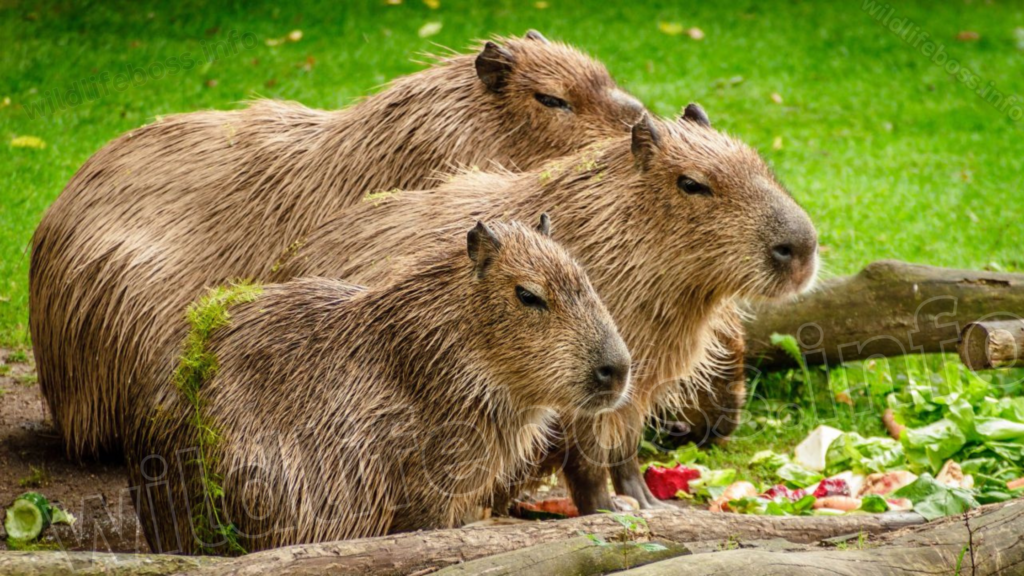Capybaras are the largest rodents in existence today and this despite of the fact that they used to be classified together with pigs.
It stands about 39-51 inches length in width and 20 inches in height, size that makes it as large as a big dog. They are light brown in color, with long shaggy fur, webbed feet and without a tail, and are constructed practically in the form of a barrel with legs.
Because of their amiable nature, they are frequently regarded as the friendliest natural mammal. In South America, capybaras are found in marshes, pond and riverine zones. They need a swimming hole nearby to keep healthy since they are dry skinned people.
These creatures have very good swimming skills because they can dive and remain underwater for up to five minutes. This is valuable when they have to disappear underwater to avoid being prey to some other sea animals.
Unlike many other animals, the capybaras have their nose, eyes and ears, situated on the top of their head. This allows them to only lift certain parts of their body out of the water while controlling the rest of it remains submerged.
When grazing on water plants and grasses, capybaras use their long, sharp teeth, which continue to grow over time to compensate for the wear and tear from chewing tough grasses and aquatic plants.
The capybaras, or Hydrochoerus hydrochaeris, is closely related to rock cavies and guinea pigs. There are numerous additional creatures that resemble capybaras in appearance or behavior.
The following is a list of 12 animals that resemble capybaras:
-
- Rock Cavy
- Guinea Pig
- African Pygmy Hippopotamus
- Patagonian Mara
- Long-tailed Chinchilla
- Nutria
- Agouti
- Lowland Paca
- Beaver
- Pacarana
- Hutia
- Muskrat
1. Rock Cavy
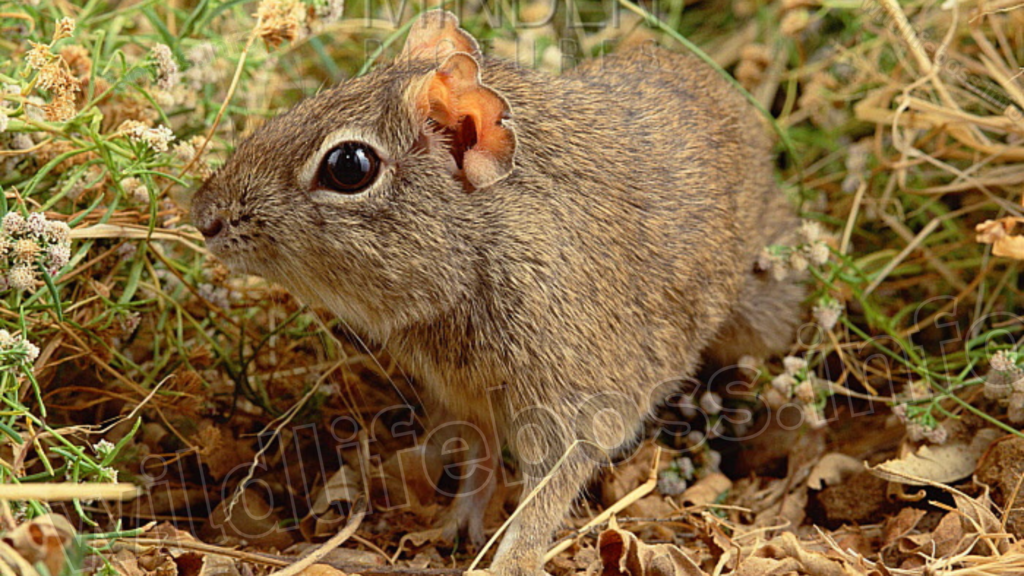
Scientific name: Kerodon rupestris
Quick summary: Closely related to the capybaras, which is exclusive to Brazil.
The rock cavy is a pretty large rodent, weighing up to 2.2 pounds. They belong to a family of rodents originally from South America called the Caviidae, which also contains capybaras.
Similar to other cavy species, the rock cavy lacks a tail. In addition to being herbivores who consume the vegetation that grows in their habitat, their teeth also develop continually.
Rock cavies are only found in Brazil and live in rocky, arid environments. These adorable creatures have a calm and pleasant disposition, despite living in a different habitat than their capybaras cousins. Although they typically only live three to four years in the wild, rock cavies can live up to eight years in captivity.
2. Guinea Pig

Scientific name: Cavia porcellus
Quick summary: The capybara is closely related to this common domestic mammal.
Guinea pigs have about thirteen different types out of which it is one of the most favorite pet animals in the world. The guinea pigs belong to the Caviidae family and consist of this type: Capybaras and Rock Cavies.
These cute, tiny animals were thought to have been tamed initially by the Incas almost 3,000 years ago.
Also for the similar relation of capybaras guinea pigs are friendly, cute animals that do not mind people touching them.
They measure 8-10 in in length they are considerably smaller than a capybaras, however they are much larger than most of the rodents.
Grass is natural diet of guinea pigs. Thus, they maintain their teeth for a lifetime, and these teeth grow continually – ideal for crushing plant material.
3. African Pygmy Hippopotamus
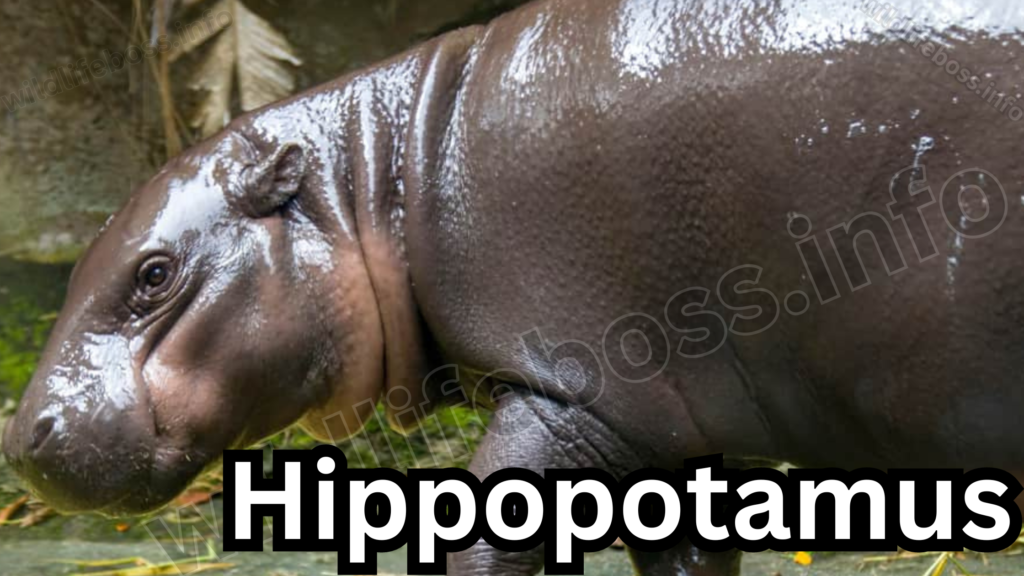
Scientific name: Choeropsis liberiensis
Quick summary: A semi-aquatic animal that closely related to the capybaras.
The semi-aquatic African pygmy hippopotamus inhabits a swampy tropical forest in West Africa. While they belong into the Hippopotamidea clan, they are in size and share most features with capybaras.
The capybara and pygmy hippo are both large aquatic mammals of similar body shape and size, alike in that the length is roughly twice the height. Their eyes and nose are located higher on the head, and they have small, round ears and no tails. Their neck is short.
A pygmy hippo only goes to water if it is afraid. It can hold its breath for more than 5 minutes and is very good in water.”
4. Patagonian Mara

Scientific name: Dolichotis patagonum
Quick summary: a near relative of the Argentinean capybaras.
It is quite shocking to learn that the Patagonian mara which is a type of rodent is native to Argentina. Instead of facial structures, they share similarities with their a close family member the capybara while their big sharp ears accompanied by big barrel shaped legs give them the appearance of hares.
At 16 to 20 pounds, they rank as the fourth largest rodents in the world. Maras graze for more than one-third of a day and they carry teeth for all the remaining lifetime they have. Depending on the occasion they are frightened or alarmed, they can probably run up to 35 miles per hour and their long limbs make them apt for running.
In numerous provinces, the density of maras has lowered because of habitat loss for using the territory to cultivate crops and for hunting.
5. Long-tailed Chinchilla
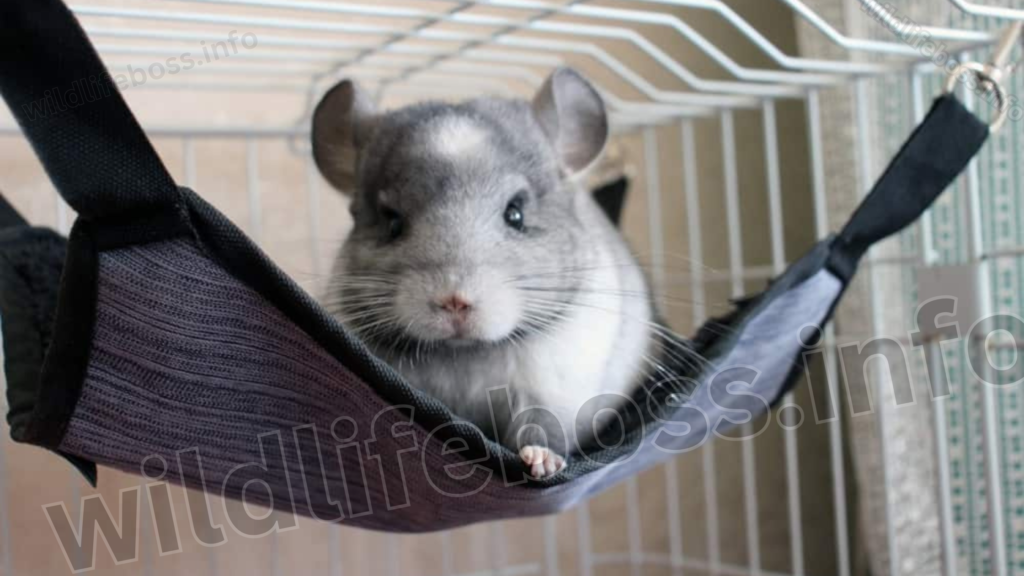
Scientific name: Chinchilla lanigera
Quick summary: A cute creature related to the capybara and which is sometimes tamed.
As a rodent, the long-tailed chinchilla is one of the large chinchilla subspecies. Their friendly and playful behaviors with cheerful temperaments have gradually sent them into more and more popularity for pets.
These capybara relatives can live up to 20 years in captivity and have the height of 10 to 12 inches. Wild ones living in the mountainous area of the Andes Mountain have been famed for their beautiful, bushy coat which insulates them.
Even though they are not marine animals they reside in or around water in their dwelling places.
Sea also: 5 Examples Of Best Animals Like Armadillos(Photos)
6. Nutria
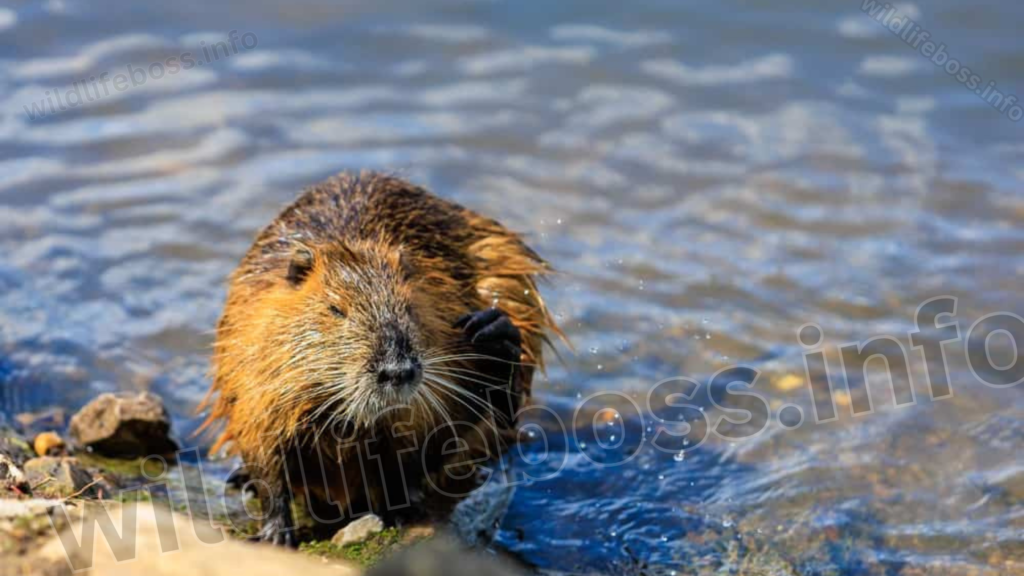
Scientific name: Myocastor coypus
Quick summary: a large semi-aquatic mammal from South America that spends a lot of it’s time in water.
The nutria, also known as the coypu, is an aquatic animal that is more at liberty in the water than on land. These rats with webs have a total length ranging from 16 to 24 inches and weight about 15 to 22 pounds.
The stems of river plants are used by nutrias that live in burrows or nests near water, the plants forming their source of feed. It also has great swimming capabilities – the turtles can hold their breath up to 5 minutes, and they are related to capybaras.
The nutrias are naturally gregarious animals, although it is possible to breed the Central American nutria for isolated living in large colonies. Fur producers took them all over the world, but they were local to southern South America only.
7. Agouti
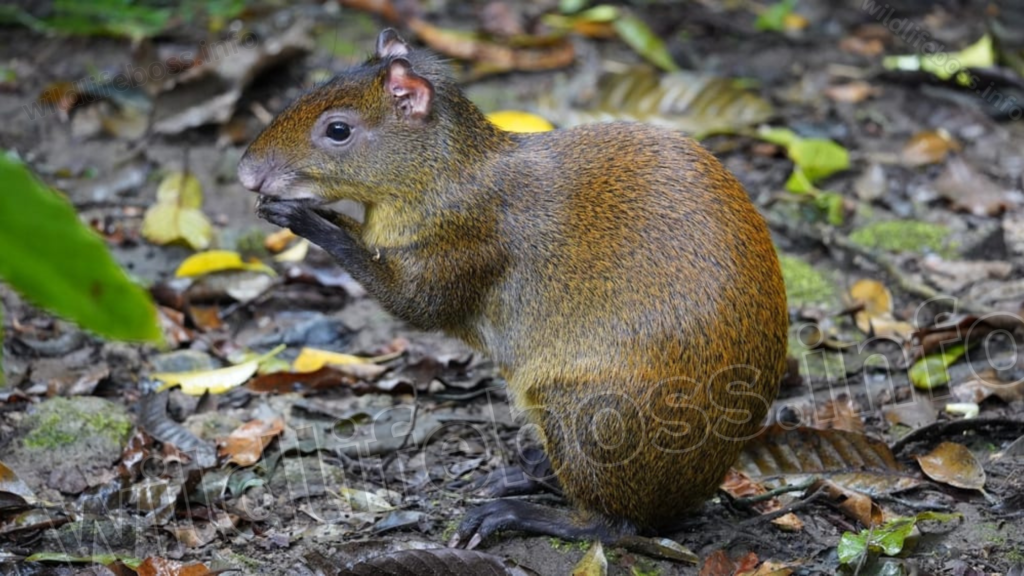
Scientific name: Dasyprocta punctata
Quick summary: An animal, which is found in South America and possesses very sensitive teeth.
An animal of the jungles of Central and South America, an agouti is somewhat similar in appearance to a baby capybara or a large guinea pig. They enjoy fossing or generally enjoying the water sporting activities like swimming.
An adult agouti’s natural fur color can reach a maximum length of 24 inches, and its average weight is approximately 8.8 pounds.
Agoutis develop their sharp front teeth which are constantly growing throughout their life span. As Brazil nut can only be cracked by humans, these animals are very essential for the continued production of the tree.
8. Lowland Paca
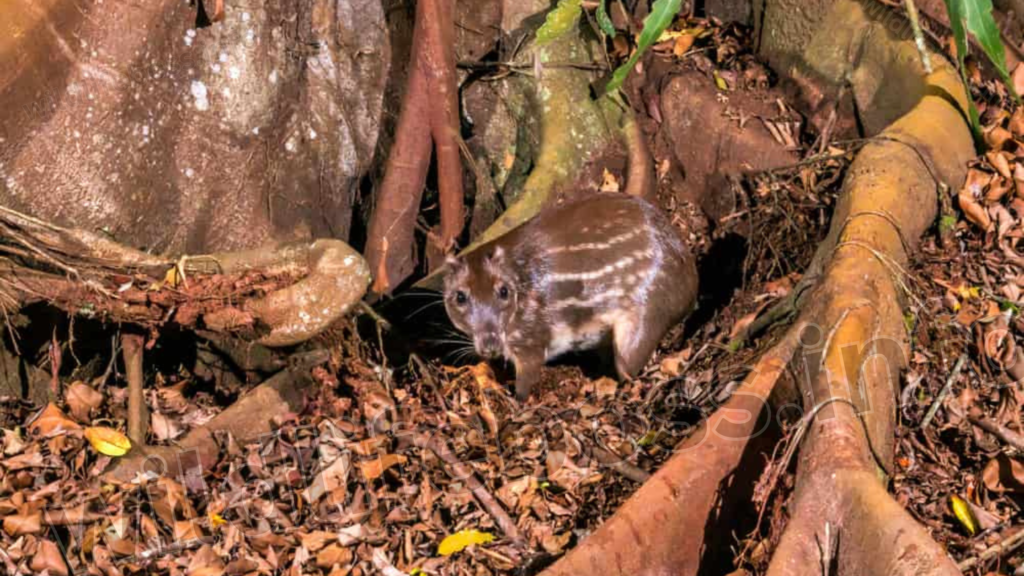
Scientific name: Cuniculus paca
Quick summary: A capybara-related excellent swimmer.
Large rodents, lowland pacas are found in tropical and subtropical regions of the United States. They share backgrounds with capybaras, agoutis, and guinea pigs.
Being excellent swimmers, lowland pacas can submerge themselves for several minutes at a time. They frequently seek refuge in the water if they feel threatened, just like capybaras do.
Males are marginally larger than females, and these rodents range in weight from 13 to 30 pounds.
The herbivorous pacas take pleasure in consuming fruits, nuts, roots, leaves, stems, seeds, and tubers. Through seed distribution, they contribute significantly to the ecology.
9. Beaver
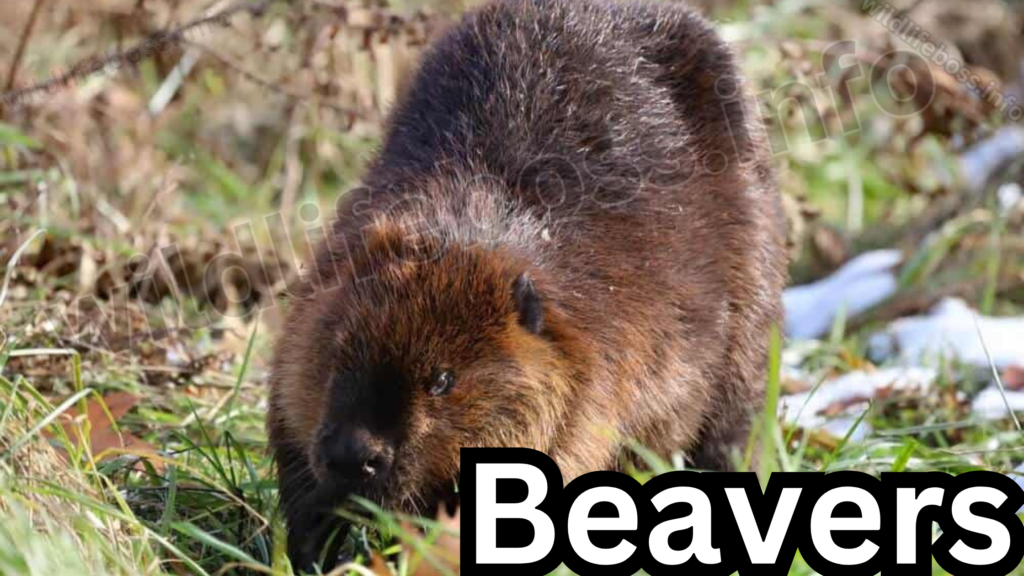
Scientific name: Castor canadensis
Quick summary: This rodent, the second biggest in the world, moves slowly.
Second only to marmots in size, beavers are both partially terrestrial and aquatic animals, that can grow to be 25-29 inches in total length. In the continent of North America, beavers are the largest rodents and on average the animal weighs about 110 pounds.
Beavers cannot really run but they swim well, as well as possess brown hair and have Capybara like webbed feet. Maximum swimming speed for them is only five miles per hour and maximum mammal under water abstinence is fifteen minutes.
To be able to see well at whatever they are hunting below the water surface, these rats have a bonus of two clear eyelids. Moreover, the huge tail of C. apaensis measuring on average one foot distinguishes it from capybaras.
10. Pacarana
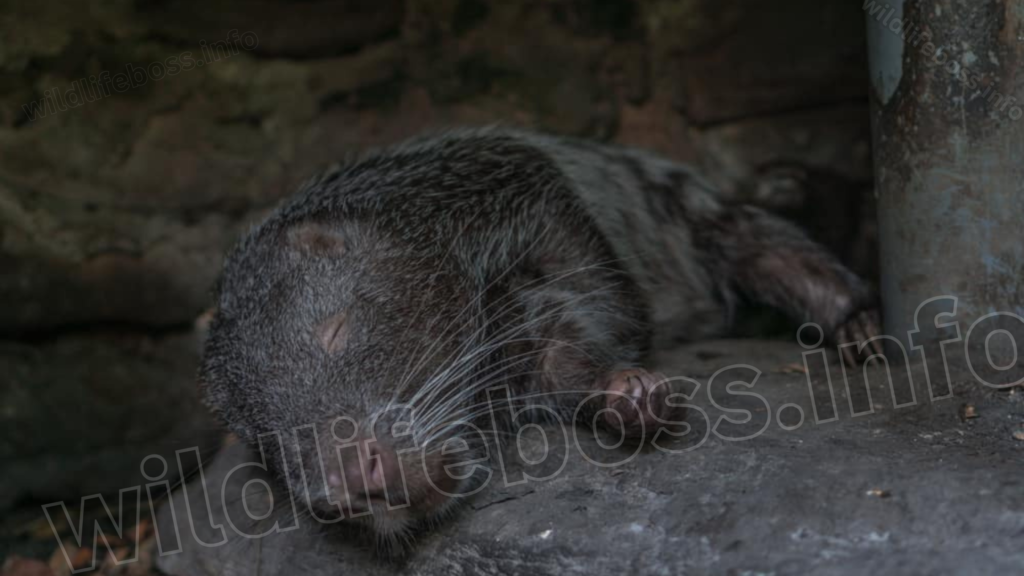
Scientific name: Dinomys branickii
Quick summary: A rather rare large rodent from the part of the world called South America.
Pacarana is one of the rarest rodents there is, or in other words, it is a descendant of the huge mice that inhabited the forests of South America 40 million years ago. The pacarana is ranked third among the large rodents in size today, after the beaver and the capybara.
The pacarana, like many other species, has short ears, small eyes, and a blunt nose that make it resemble a gigantic guinea pig and a capybara. These big rodents weight more than thirty pounds.
As far as their behaviour is concerned, they are social animals who extend interest and readiness to engage humans. They behave as a pet cat and they may sometimes scrape the legs of people.
11. Hutia
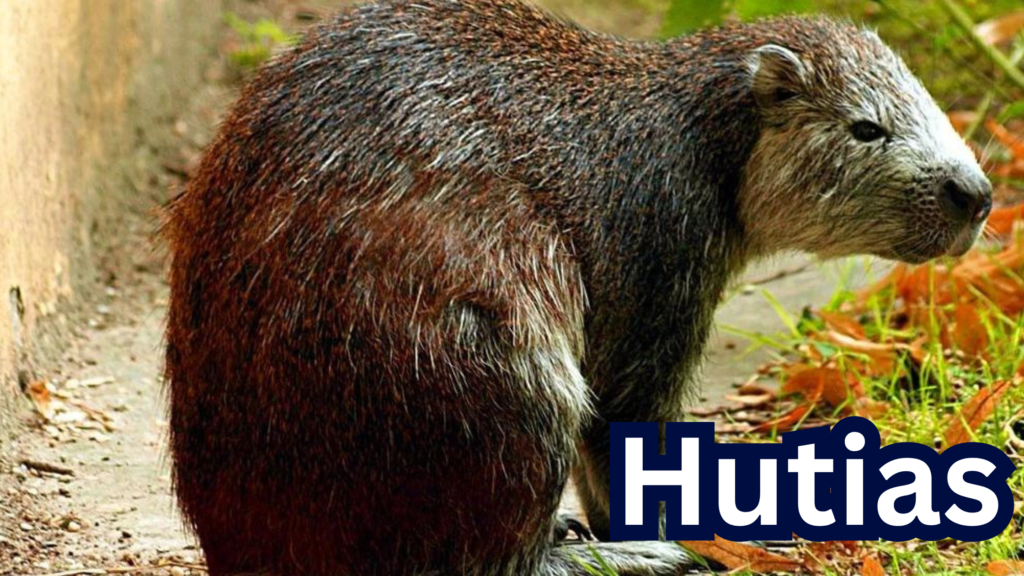
Scientific name: Capromyidae
Quick summary: The Caribbean islands are home to cavie-like rodents.
The Caribbean islands are home to hutias, which are somewhat large rodents that resemble cavy. Cuba and Hispaniola are home to the majority of species.
These comparatively large rodents are short-limbed, robust, and have a huge head and small eyes. With a maximum weight of 19 pounds and a size comparable to a raccoon, the Desmarest’s Cuban hutia is the largest hutia.
Some species of hutias can eat small animals, although they mostly eat tubers, leaves, stems, and roots. Despite not being aquatic, they can be found in rocky, mountainous environments, swamp forests, and along the coast.
12. Muskrat
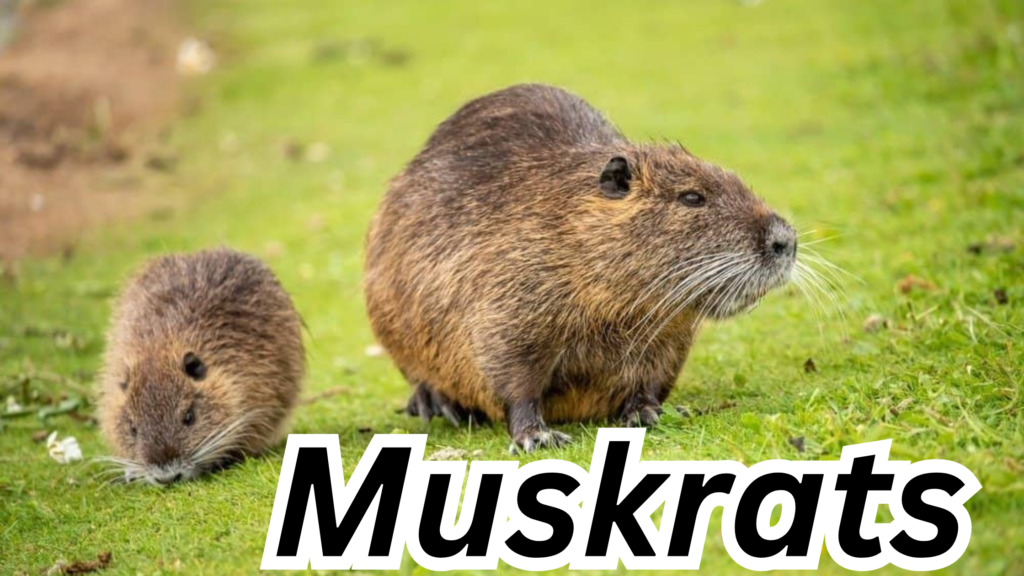
Scientific name: Ondatra zibethicus
Quick summary: semi-aquatic rodents that are sometimes found in water.
Capybaras are larger than muskrats since muskrats measure between 8 to 10 inches of body length.
Most of these brown, short fur bearing, semi aquatic rats spend most of their lives in the water. Their principal territories are swamps that being rather near to water, rivers, lakes, or even ponds. They can dive underwater to a certain depth for up to 17 minutes.
Apart from a few states of north of Mexico they inhabit most other parts of the United States and Canada. The muskrat has been imported into Europe in the twentieth century, Although muskrats are native to the United States and Canada now they have spread to other countries in Europe.
Conclusion:
The capybaras have near relatives in other rats and mice. While some of these animals are wild animals chinchillas and guinea pigs inclusive, others are domesticated as familiar animals.
At the same time, they are the largest rodents in the world, but they resemble other animals, for instance, pygmy hippos, which are also rodents. They also have many things in perspective with many semi aquatic animals like beavers and agoutis.

